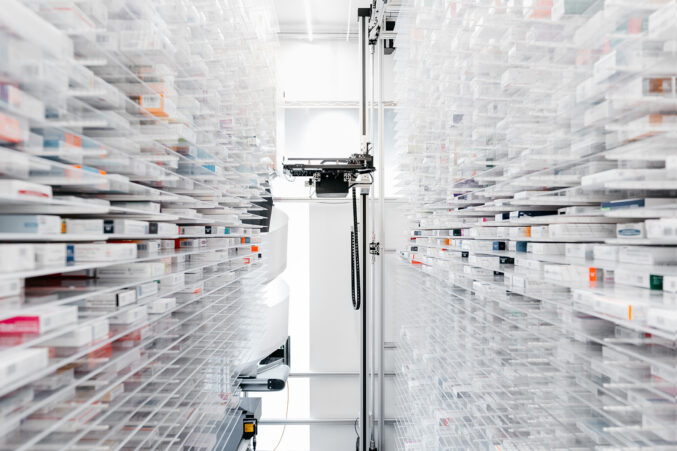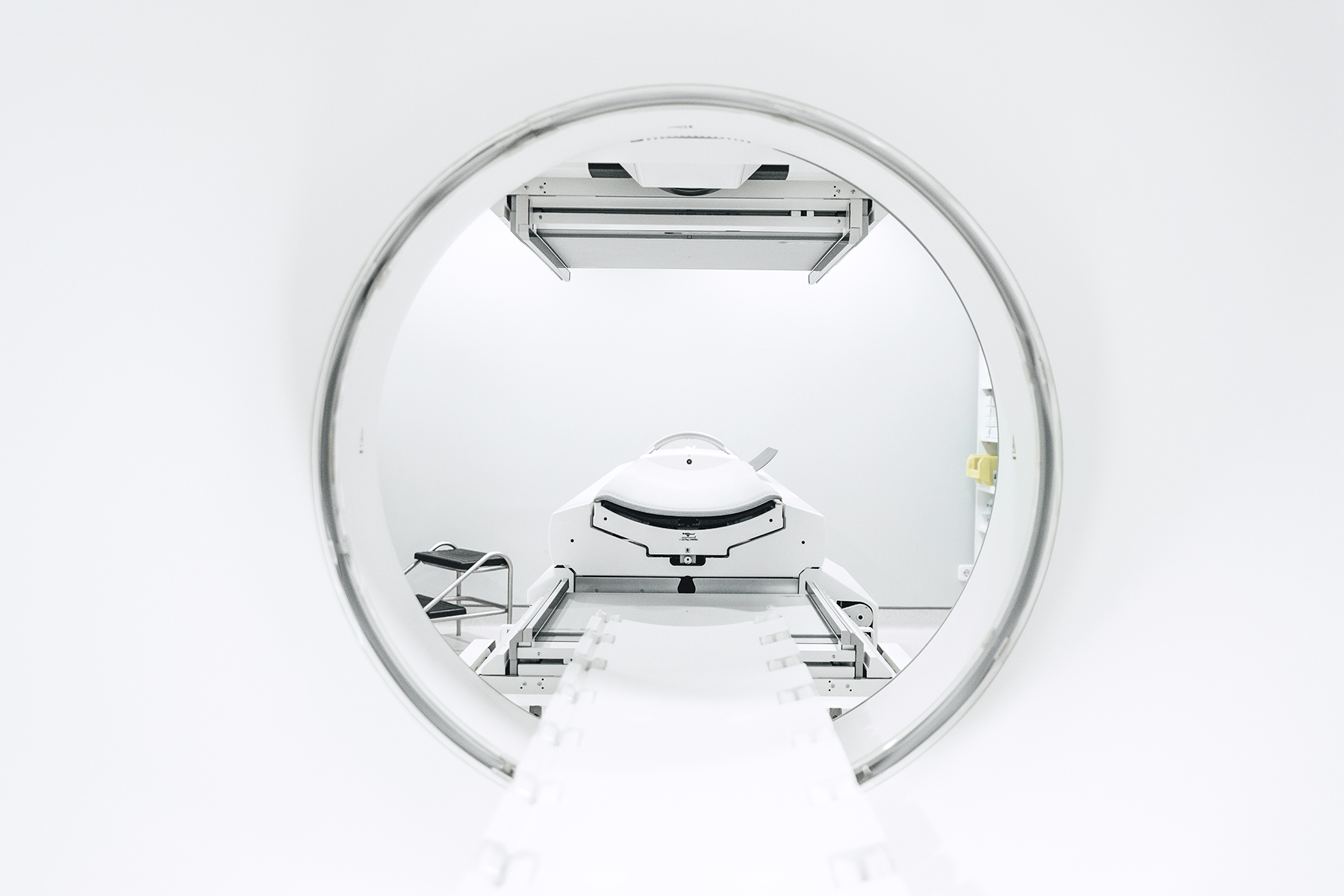Imagine that you make a trip to the hospital for a simple annual check-up. When you arrive, you enter the specialized area where you need care—but it isn’t any part of your human body that needs attention. You have an appointment at the hospital’s implantables clinic, where the technology implanted into your eye—which guided you through the hospital to the clinic—needs a quick tune-up.
In this seemingly alternate reality, the line between the repair shop and hospital is as thin as the line between body and machine. This fantastical exercise is closer to reality than it may seem. The hospital model is now being pulled in contradictory directions: Hospitals are expected to provide consumer-focused experiences for patients—similar to those created within the hospitality sector—and protect employees’ mental health and value, all while continuing to operate within the highest safety and cleanliness standards.
They need to create welcoming and uplifting spaces with natural lighting and design elements, while ensuring many areas are safe, sterile, and able to support the latest technology. “Hospitals have moved from transactional to an experiential world, which affects operations and design,” says Jeffrey Stouffer, principal, executive vice president, and health group global director at architecture firm HKS. “It drives patient choice and drives a much more competitive market.” Competing goals are already fostering technological advancement to help meet these new market demands, and soon, as new developments roll out, the hospital of the future will become the hospital of today. Several North Texas healthcare experts shared their thoughts on what the hospital of the future might look like—just 10 years down the road.
[img-credit align=”alignnone” id=” 863932″ width=”677″] [/img-credit]
[/img-credit]
1. AI Could Deliver Diagnostics
Technology is eliminating the need for doctors to memorize massive amounts of medical information, and, as a result, their role is changing. “Physicians will become more of a broker of care and will be more high-touch, more relationship- driven,” says Ashley Dias, associate principal of health at Perkins & Will in Dallas. “AI will support a lot of the information breakdown and diagnosis space.” Technology also improving accuracy.
With robotic surgery and 3-D modeling, the ability to precisely target problems and avoid invasive surgery will make surgeries more successful and infections more rare. “Providers can 3D model hearts and use AI to detect issues beforehand,” says James Griffin, CEO Invene.
2. Analytics Will Continue to Drive Innovation
Major hospital systems are connecting with data giants so AI can predict health outcomes, find treatments with the best results, and improve hospital protocols. For example, Medical City Healthcare and its parent company HCA Healthcare, with 185 hospitals across the country, are partnering with Google Cloud to lean on Google’s data analytics availability to make workflows more efficient and give providers treatment guidance. Texas Health Resources and Baylor Scott & White Health are also getting on the big data train, too, partnering with health provider-led data platform Truveta. The new partnership gives Truveta access to depersonalized medical records representing 15 percent of the nation’s patient care. The goal is to eliminate fragmented health data and make conclusions from the millions of patient care visits represented in the partner- ships. As these organizations unearth new patterns and develop new protocols, patient care will become guided by amounts of data larger than hospitals could previously imagine. “We have these economies of scale here that serve a huge population of people and a wide cross-section of our nation,” says Dias. “And we have a major powerhouse in the technology world that can work that data.”
3. Flexibility at Hospitals Will Be Paramount
The hospital of the future may have patient rooms that can convert from low to high acuity—able to serve as a room where patients can visit with family, then quickly transition to an intensive care unit if needed. Under this design, care teams and technology would travel between rooms rather than the patient. Design could also feature elements to address physician burnout, which has been an issue since long before COVID-19. Many hospitals currently do not feature much natural light or offer relaxing spaces for staff to take a breath—elements that will likely shift in years to come. “We can provide for [hospital staff] so that the load they carry doesn’t go beyond their human limits,” says Deborah Wingler, health research lead at HKS.
4. Wearable and VR Technology Will Rule
The next decade may bring an increase in wearable technology could move wayfinding into hospital apps and perhaps even into ocular technology that augments reality and directs patients to their treatment area. They could also connect with physicians and learn about their conditions. Once admitted, patients may be able to visit with loved ones via virtual reality platforms, reducing contagion while providing a welcomed diversion. “That transportation to another environment is a positive distraction and brings stress reduction, which we know is great for improved outcomes,” says Dias of Perkins & Will
5. Stays May Become Much Shorter
Increases in in-home care technology might soon make for shorter hospital stays, bringing doctors and nurses to patients whenever possible. “If technology can get us closer to that, and I think it is, then it is certainly desired by the patient and potentially could save costs as well for systems or payers,” says Dr. Hubert Zajicek, CEO and co-founder of healthcare accelerator Health Wildcatters. Monitoring technology would instantly connect providers to patients, enabling constant updates on vital signs or diagnostics. “The boundaries are blurring between where care is delivered and how care is delivered,” Wingler says. “The lines are getting blurry between home health, home care, and healthcare.”
Contact Will Maddox at [email protected].






